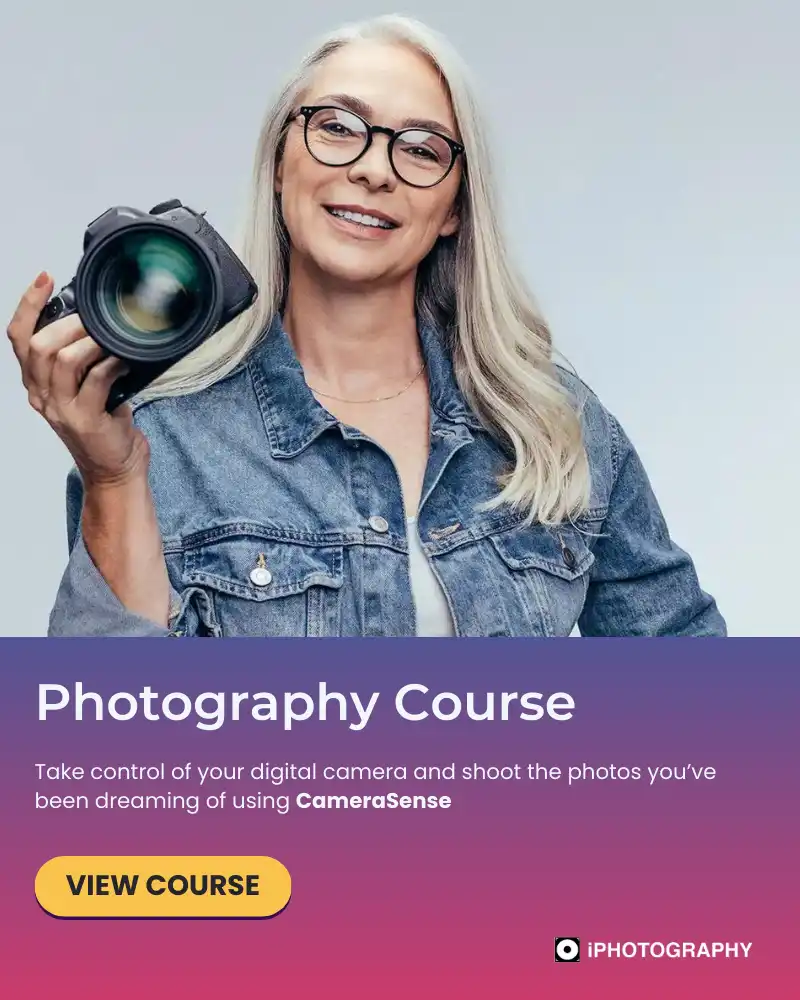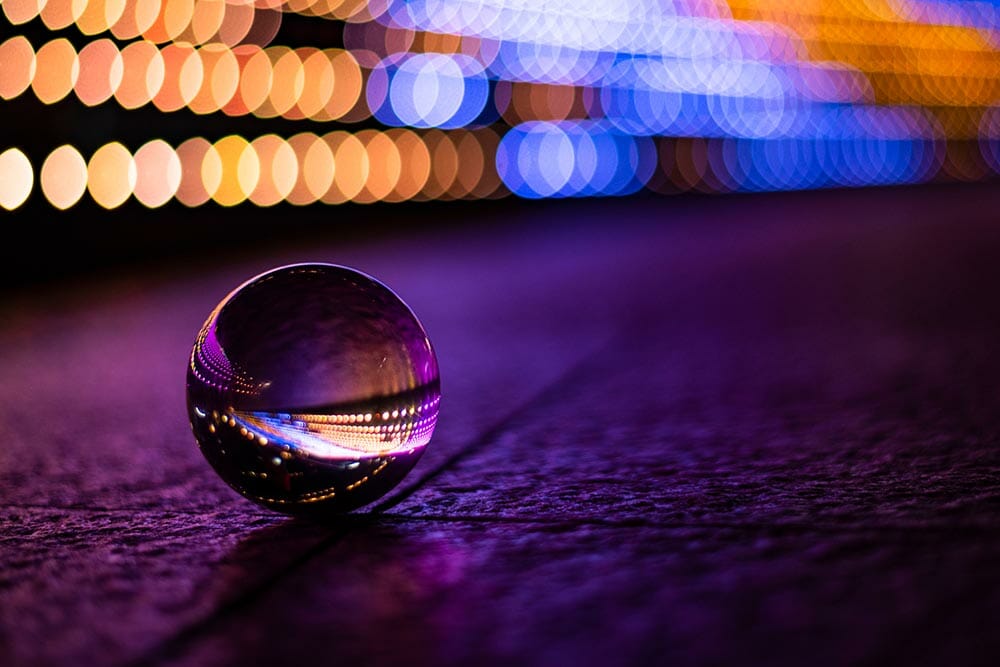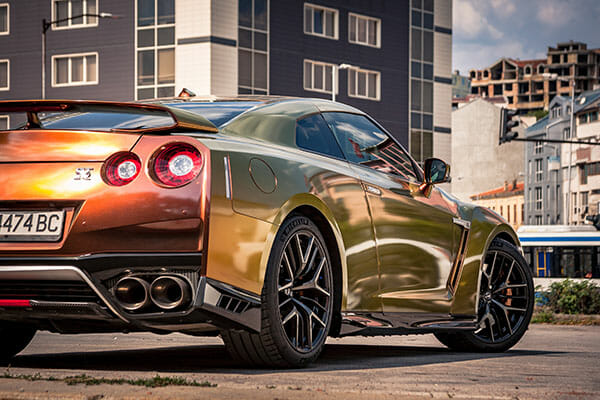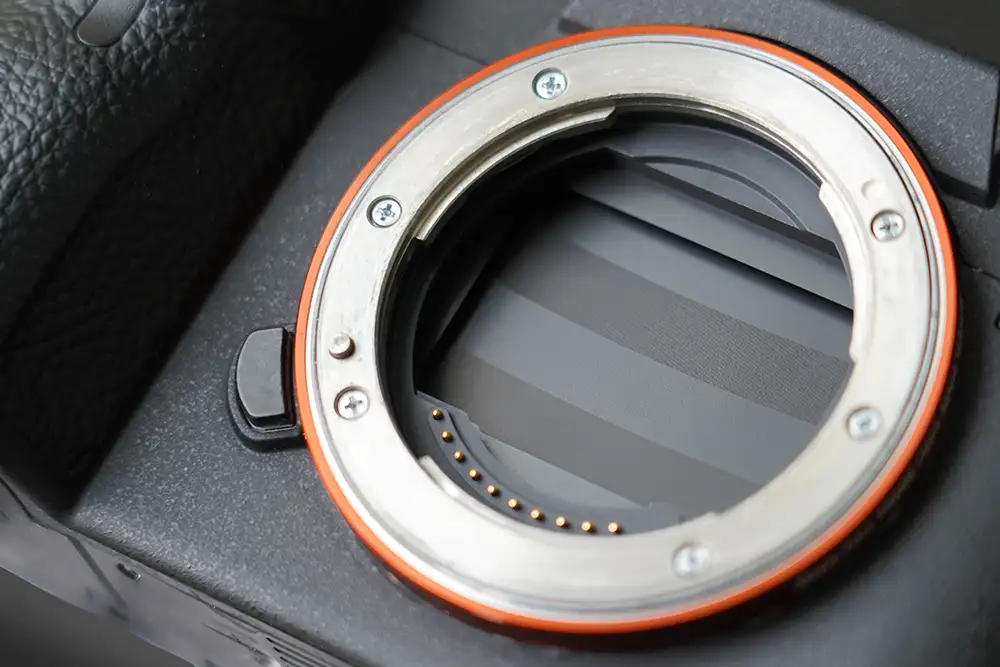
Silent shutter mode, also known as electronic shutter mode, is a feature in mirrorless cameras that allows photographers to take pictures without the mechanical sound of a shutter.
Unlike traditional DSLRs, which rely on a mechanical shutter curtain, mirrorless cameras can capture images by reading the sensor data electronically.
This makes silent shutter mode incredibly useful in situations where discretion is essential—such as weddings, wildlife photography, concerts, and street photography. Without the familiar click of a shutter, photographers can shoot without drawing attention to themselves or disturbing their environment.
While silent shutter mode has clear advantages, it also comes with certain limitations that must be understood to use it effectively.
How Silent Shutter Mode Works
A mechanical shutter operates by opening and closing two curtains to expose the sensor to light. In contrast, an electronic shutter eliminates this process, recording the image directly from the sensor.
Since no physical movement occurs, silent shutter mode offers the following benefits:
- Completely noiseless operation – Ideal for quiet environments.
- No mechanical wear and tear – Reduces shutter lifespan concerns.
- Higher burst rates – Many cameras shoot at faster frame rates in silent mode.
- Reduction of shutter shock – Prevents vibrations that can introduce blur.
While the silent shutter mode is particularly advantageous, it does have technical drawbacks, particularly rolling shutter distortion, which can affect moving subjects.
Key Benefits of Using Silent Shutter Mode
1. Discreet Shooting in Sensitive Situations
One of the most significant advantages of the silent shutter mode is the ability to shoot unnoticed.
- Weddings and ceremonies – Ideal for capturing intimate moments without distracting guests.
- Wildlife photography – Prevents startling animals when shooting in close proximity.
- Theatre and concerts – Eliminates shutter noise during quiet performances.
- Street photography – Allows for candid shots without disrupting the scene.
For professional event photographers, the ability to remain unobtrusive is invaluable. It allows for natural, documentary-style photography without interrupting the moment.
2. Increased Shutter Lifespan
Traditional mechanical shutters are rated for a certain number of actuations—typically between 150,000 to 500,000 clicks for high-end cameras. Since silent shutter mode uses an electronic sensor readout instead of moving parts, it eliminates mechanical wear, effectively extending the camera’s lifespan.
For photographers who shoot high-volume sessions—such as sports, timelapses, or events—using silent shutter mode reduces the risk of premature shutter failure.
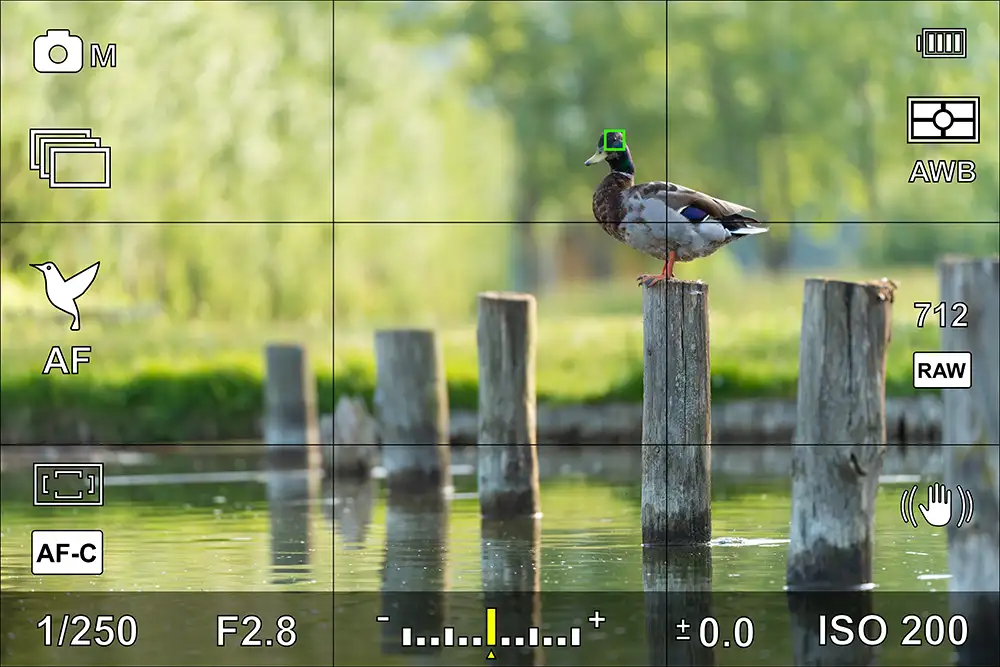
3. Faster Continuous Shooting (Higher FPS)
Most mirrorless cameras offer faster burst rates in silent shutter mode because the mechanical curtain is no longer a limiting factor. For example:
- Canon EOS R3 – 30 FPS in silent mode (compared to 12 FPS in mechanical mode).
- Sony A1 – 30 FPS silent shooting (vs. 10 FPS mechanical).
- Nikon Z9 – 20 FPS RAW, 120 FPS JPEG with electronic shutter.
For sports and wildlife photographers, this higher frame rate allows more frames per second, increasing the chances of capturing the perfect moment.
4. No Shutter Shock for Sharper Images
Even high-end mechanical shutters can cause shutter shock, a small vibration that reduces image sharpness, particularly when shooting at slow shutter speeds.
Silent shutter mode eliminates this issue entirely, making it an excellent choice for:
- Macro photography – Prevents micro-vibrations that affect extreme close-ups.
- Long-exposure shots – Ensures sharp details when shooting at slow shutter speeds.
- High-resolution sensors – Reduces potential sharpness loss in 50MP+ cameras.
In scenarios where maximum sharpness is essential, electronic shutters provide an advantage over mechanical shutters.
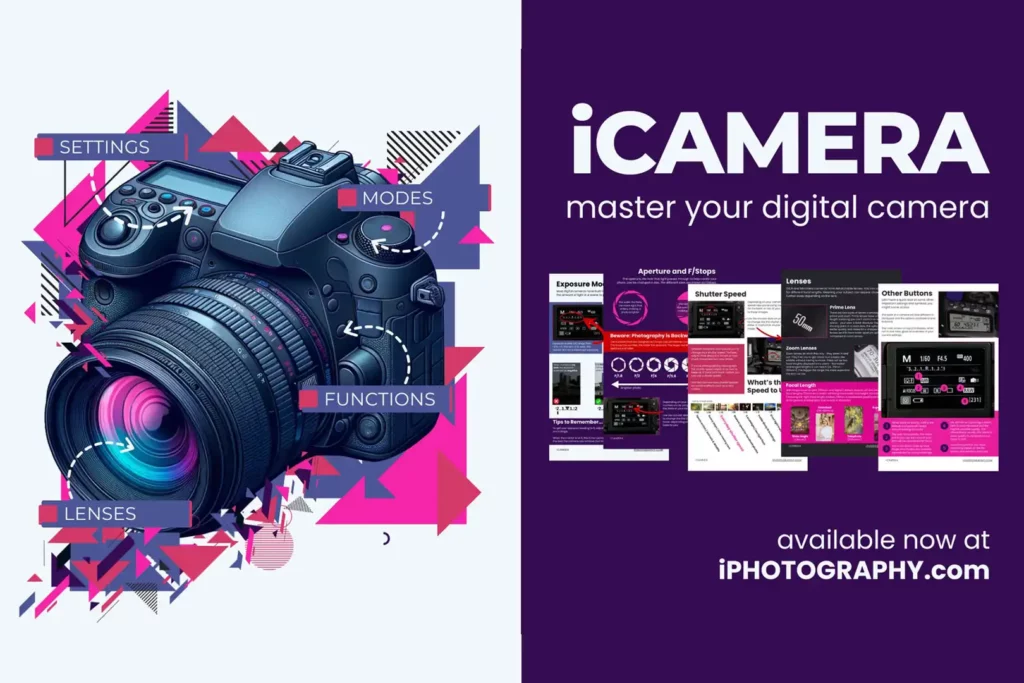
Download our Latest FREE Photography Book
Potential Drawbacks of Silent Shutter Mode
Despite its benefits, the silent shutter mode is not without its limitations. Understanding these issues helps avoid unexpected image distortions.
1. Rolling Shutter Distortion
Since an electronic shutter reads the sensor from top to bottom, fast-moving subjects can appear distorted. This is called the rolling shutter effect, which is noticeable when capturing:
- Fast-moving athletes or vehicles – Subjects may appear stretched or warped.
- Rapid camera movement (panning) – Straight lines in the background can bend unnaturally.
- Artificial lighting – Some flickering lights cause banding or uneven exposure.
High-end mirrorless cameras like the Sony A1, Canon R3, and Nikon Z9 feature stacked sensors, which reduce rolling shutter distortion by reading the sensor much faster.
2. Limited Flash Compatibility
Most cameras disable flash in silent shutter mode because electronic shutters don’t sync well with flash bursts. If using external strobes, switching back to a mechanical shutter is necessary for proper exposure.
3. Reduced Dynamic Range in Some Cameras
Some entry-level mirrorless cameras sacrifice dynamic range when using silent shutter mode, leading to slightly lower image quality in shadows and highlights. This is generally only noticeable in extreme post-processing.

When to Use Silent Shutter Mode
Despite these limitations, the silent shutter mode is an invaluable tool when used in the right scenarios.
Best Situations for Silent Shutter Mode
- Wedding photography – Capturing quiet moments without disruption.
- Wildlife photography – Avoiding scaring away animals.
- Indoor performances – Theatre, concerts, and ballet photography.
- Golf, tennis, and other silent sports – No camera noise to distract players.
- Surveillance and documentary work – Capturing authentic moments without drawing attention.
When to Avoid Silent Shutter Mode
- Fast-moving action – Sports, motorsports, or fast panning shots may suffer rolling shutter distortion.
- Flash photography – Since electronic shutters can’t sync with strobes, a mechanical shutter is necessary.
- Artificial lighting with flickering issues – Older LED or fluorescent lights can cause banding.
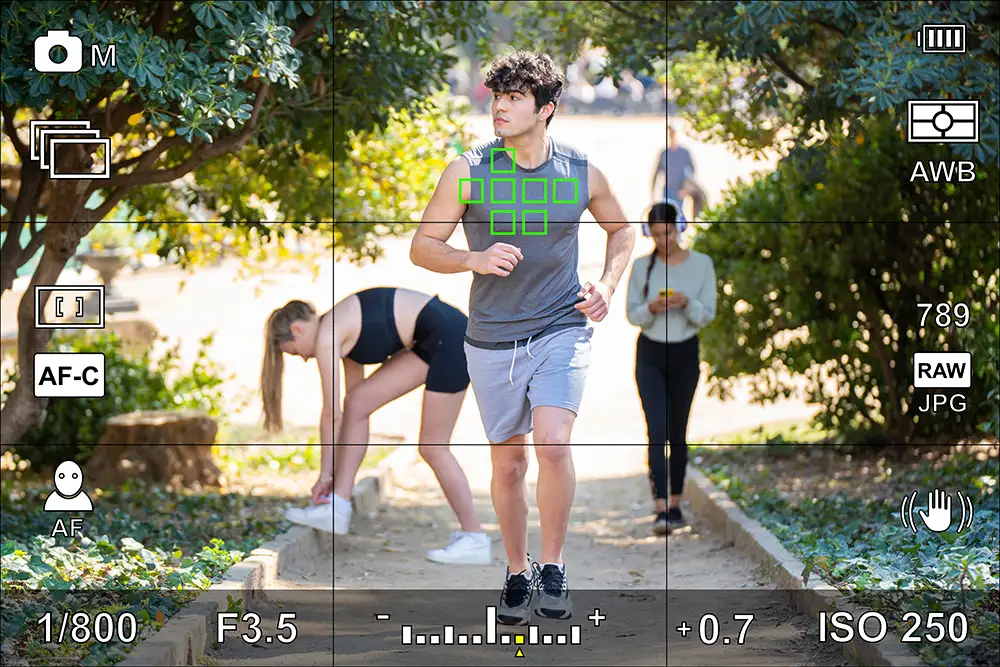
Conclusion
Silent shutter mode is a powerful feature in mirrorless cameras, allowing photographers to work discreetly while extending the shutter lifespan.
Whether capturing ceremonies, wildlife, or performances, the ability to shoot without noise offers both creative and practical advantages.
However, understanding rolling shutter effects and flash limitations ensures you use silent shutter mode effectively. With newer stacked sensor technology, many of these issues are being minimised, making electronic shutters a reliable alternative to mechanical shutters.
For photographers looking to master mirrorless camera features, our iPhotography Course provides in-depth training on shutter modes and autofocus.


